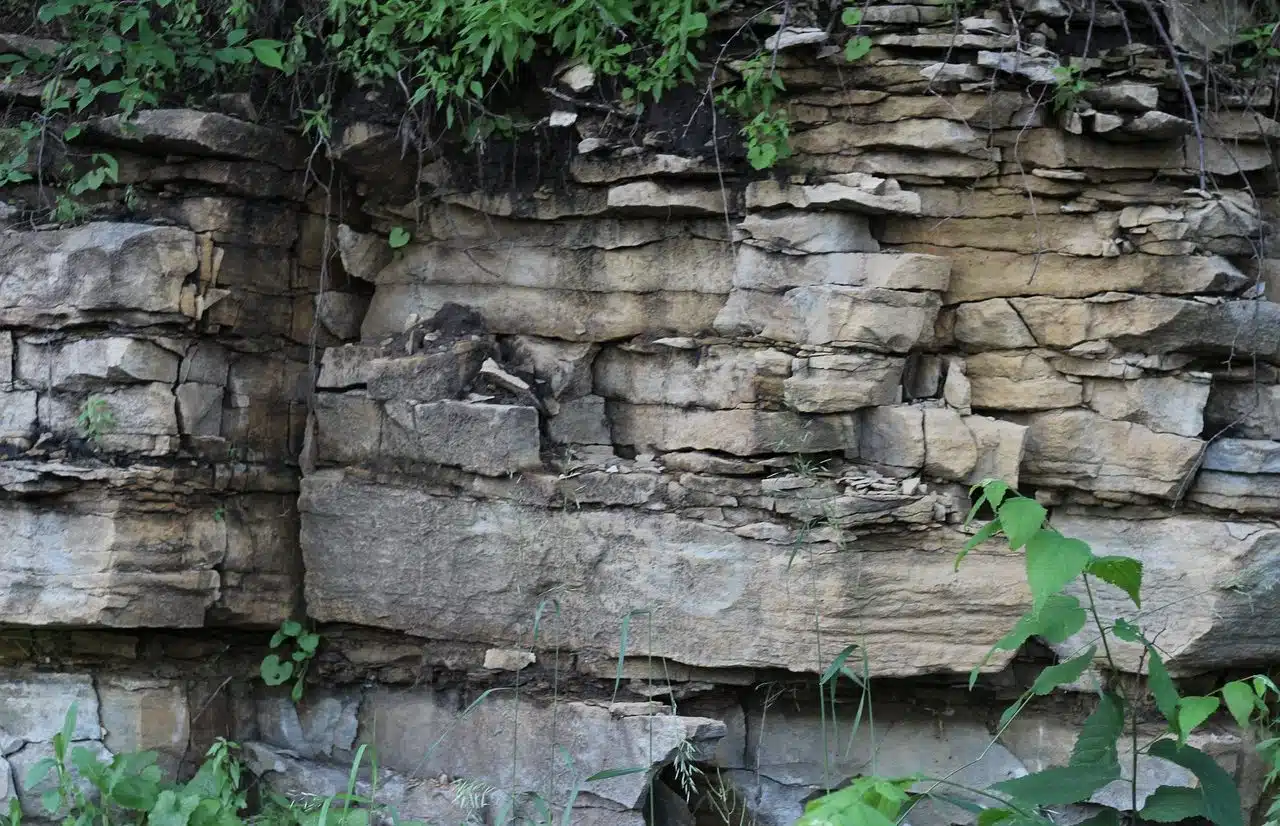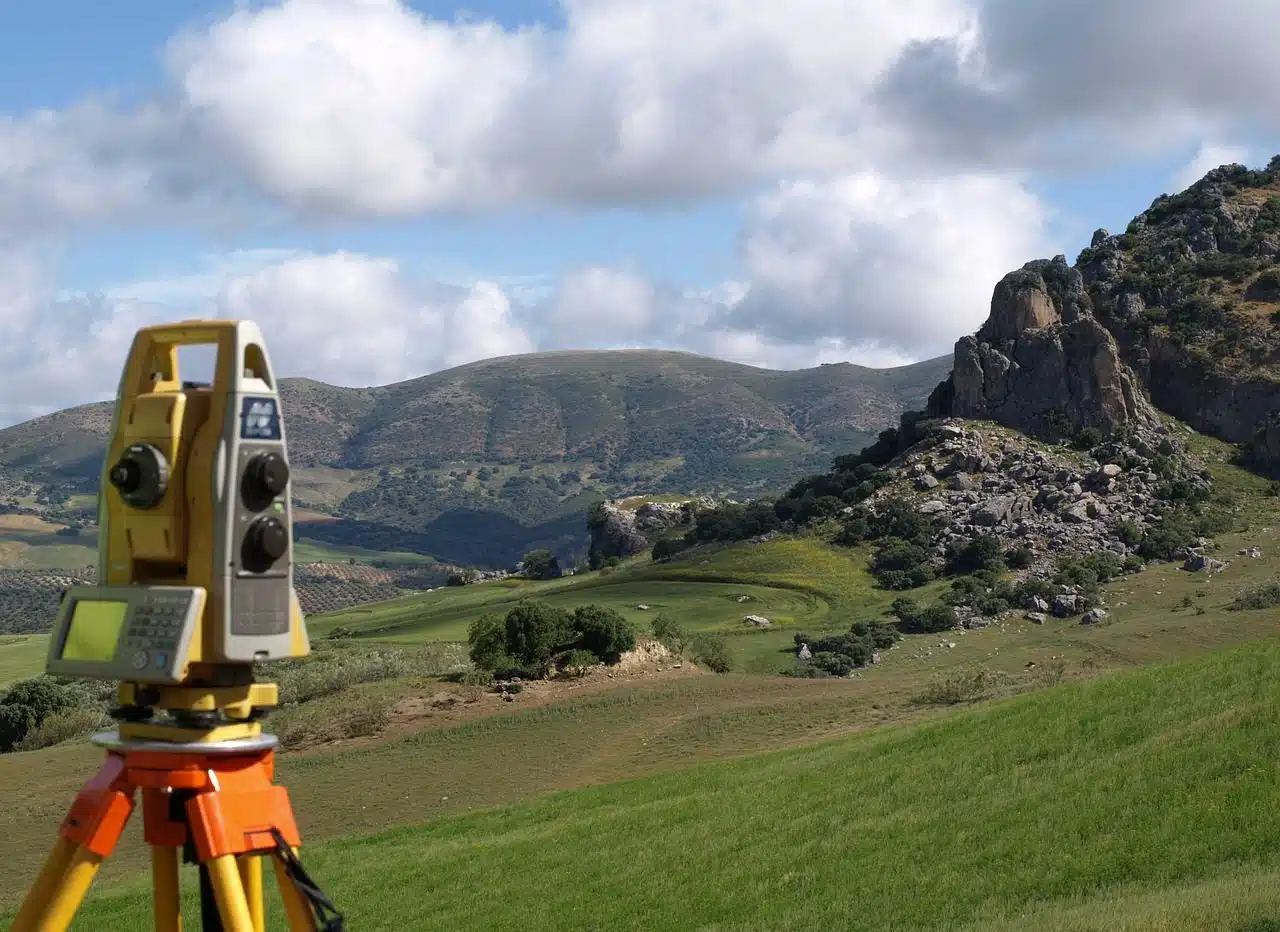
The accumulation of particles and materials (i.e., sediments) over an extended period of time causes the emergence of sedimentary rocks.
Sedimentation is the result, both the act and the effect, of settling . It is a process during which various materials that are transported by different agents precipitate or deposit on different surfaces. As a result of this phenomenon, these solids that arise from weathering and erosion become sediments.
It is an option that is taken into account when developing separation actions working with suspensions that involve a solid and a fluid . It is also applied, using two modalities, in the treatment of wastewater . In this last framework, the so-called simple sedimentation (aimed at removing simple large particles) and the so-called induced sedimentation (an operation linked to colloidal particles that takes place in decanters and pursues the purpose of decantation , a phenomenon connected with flocculation) acquire notoriety. and coagulation ).
Types of sedimentation
Several types of sedimentation are recognized in practice that differ from each other depending on the field of application, the places in which it occurs and the particularities of the sediments .
When, as a consequence of a chemical precipitation , for example, a deposition or separation of particles in a solid state is evident in an aqueous solution , the situation is described as chemical sedimentation .
On the other hand, sedimentation is distinguished in industrial processes , a phenomenon that becomes necessary when gravity causes solid particles that had been suspended in a certain liquid to settle. In this context, the sedimentation of silt and the sedimentation of sandy materials gain visibility.
Faced with the considerable degree of sedimentation in reservoirs , to account for another reality, experts in environmental and scientific issues must investigate, work and try to find alternatives to avoid or minimize the retention of materials that move through the water.
At the bottom of the sea, on the other hand, insoluble particles accumulate and come out of rocks and soil, being transported by the action of the wind from the land to the water and by the movement of glaciers . These deposits are generally known as marine sediments .
It also cannot be overlooked that lake sediments are usually analyzed to establish the quality of the water and find out how the climate has changed over time.
The list is complemented by glacial sedimentation (caused when ice blocks merge or retreat and responsible for the appearance of multiple varieties of moraines ) and aeolian sedimentation (which has the wind as its main actor, a factor that constantly shapes and alters the reliefs ), to add more details on the subject.

When working in a specific territory in order to evaluate the level of erosion and the degree of sedimentation of the surface, it is essential to pay attention to the information arising from the topography.
Sedimentology
The concept of sedimentology identifies a division of study within Geology whose focus of interest is on how the materials that, in marine and continental environments, accumulate and play a key role in the formation of a class are constituted and transported. solid of mineral composition known as sedimentary rock .
It is enriching to know that this discipline through which the state and profile of each sedimentary basin is investigated is linked to stratigraphy . This name identifies another branch of Geology that, in this case, works on the typification, representation and knowledge of stratified rocks . Specialists in this topic, simultaneously, use resources provided by Paleontology to be able to carry out stratigraphic records that combine references to sedimentary processes, how tectonic plates are configured, how climate change has evolved. , etc.

The cliffs are testimony to how the erosive power of water transforms a landscape and the resistance of sedimentary rocks.
Sedimentation process
The sedimentation process , as seen when reconstructing this process that occurs in different corners of the planet, encompasses instances and phenomena that we will describe below.
Firstly, the wear and tear of soils , materials and rocks as a consequence of the action of water, humidity and wind, among other agents, is recognized as erosion . These materials, for natural reasons, move, that is, there is always a transport of sediments . The accumulation areas of these transferred particles, meanwhile, are known as sedimentary deposits .
Later there is room for lithification , a process that encompasses both a compaction phase and a cementation period and which results in the emergence of sedimentary rocks . In this context, for example, clay particles appear in the composition of shale rocks and sand becomes key to the structure of the sandstone. The development and proliferation of organisms, the accumulation of particles as well as precipitation (chemistry) are responsible for the formation of the aforementioned sedimentary rocks .
Likewise, it is necessary to keep in mind that the deposition of sediments causes structures (strata) in the Earth's crust and a special arrangement of particles in layers as part of a phenomenon called stratification .
